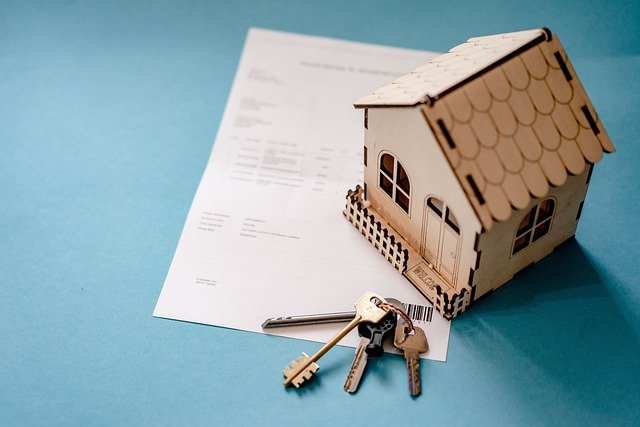Sustainability certifications and their impact on property values
Sustainability certifications, such as energy efficiency or green building ratings, are increasingly considered by buyers, lenders, and appraisers. This article examines how these certifications interact with property market dynamics, from listings and valuation to renovation choices and rental demand.

Sustainability certifications are shaping buyer expectations and influencing how properties are marketed and valued. Across urbanization and suburbanization patterns, certified buildings can affect investment decisions, mortgage underwriting, and long-term maintenance planning. Understanding the tangible and procedural ways certifications change appraisals, listings, and renovation priorities helps owners and investors navigate relocation and rental strategies while integrating analytics into decision-making.
How does sustainability affect property valuation?
Sustainability credentials can factor into valuation by altering both income and cost assumptions. Appraisals may account for lower operating expenses, which can increase net operating income for rental properties; they may also consider quicker sales or stronger demand in listings. Valuation models that incorporate lifecycle costs and energy savings can justify higher price points, but the precise uplift varies by market and certification type. Analysts often need to reconcile standardized appraisal methods with performance-based evidence when sustainability impacts future cash flows.
What influence on investment and mortgage decisions?
Investors assess sustainability certifications as part of risk and return profiles. Certifications that demonstrate energy efficiency or resilience can reduce perceived operational risks, making investments more attractive for long-term portfolios. Lenders may consider certified properties favorably in mortgage underwriting due to lower expected utility or maintenance costs, though lending criteria differ across institutions. For investors, the timing of renovation investments to achieve certification must be balanced against financing terms and expected yield on the property.
How do certifications impact listings, rental, and appraisals?
In listings, certifications are used as factual attributes that can broaden buyer and renter pools who prioritize sustainability. For rental properties, documented efficiency or green features can support higher rents or faster occupancy in markets with conscious tenants. Appraisals increasingly include energy and sustainability data when available, but appraisers rely on comparable sales and documented operating performance. The effect on appraised value depends on available comparables and verified post-certification utility or market advantages.
Renovation, zoning, and relocation considerations
Renovation choices aimed at earning sustainability certifications require coordination with local zoning and building codes. Some retrofit measures may trigger permit requirements or limit options in historic or restrictive zones. For property owners considering relocation or repositioning assets, certification can be a strategic renovation objective to align with neighborhood sustainability goals. The cost and timeline for certification-driven renovation should be weighed against potential valuation benefits and regulatory constraints in your area.
Role of analytics in urbanization and suburbanization trends
Data analytics helps quantify how sustainability certifications interact with broader urbanization or suburbanization trends. Spatial analytics can reveal where certified properties command premiums or improved rental performance relative to non-certified peers. In growing urban districts, certifications may correlate with demand from tenants and buyers seeking reduced operating costs; in some suburban markets, the value may hinge more on resilience features or local incentives. Analytics enables stakeholders to model scenarios and prioritize certification types that align with local market drivers.
Escrow, appraisals, and transactional effects on long-term value
During escrow and closing, certification documents can be disclosed as part of property disclosures and due diligence. Appraisals that include verified sustainability metrics can influence sale negotiations and financing contingencies. Over the long term, certified properties may show more predictable maintenance costs or improved tenant retention for rentals, which affects cash flow forecasts. Transactional workflows should incorporate certification verification early to avoid delays and to ensure appraisers and underwriters have the information needed for consistent valuation.
Conclusion Sustainability certifications intersect with multiple parts of the property lifecycle: they influence how listings are presented, shape renovation priorities, inform appraisals and mortgage decisions, and can affect rental performance and investment appetite. The measurable impact on property values depends on certification type, local market dynamics, available analytics, and regulatory context. Stakeholders benefit from documenting performance data and coordinating certification efforts with appraisal and financing processes to ensure accurate reflection of value.





